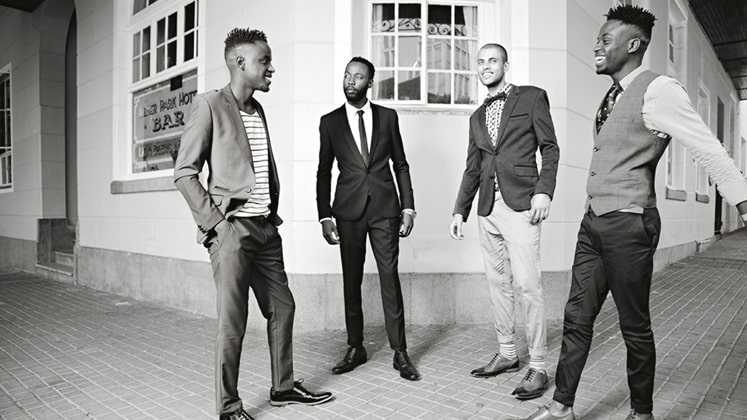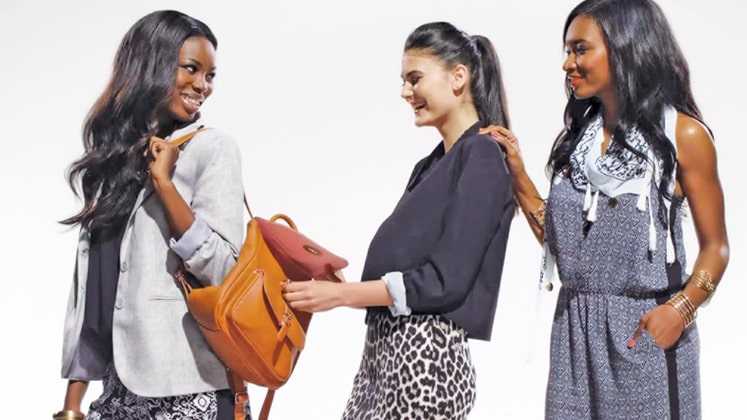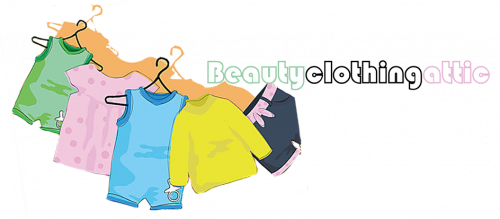
Increase in unemployment, fast receding economic conditions as well as strict credit rules significantly impacted the South African fashion retail sector last year. Consequently, many international brands, including that of Mango, had to shut down their retail stores and leave the country. However, 2018 has seen the fashion retail sector on the rise.
In June 2018, apparel emerged to be the best retail segment in South Africa; if the same growth and pace is maintained, the segment is expected to witness a growth over the course of another 3 to 4 years. Overall, the sales in the month of June as 8.4 per cent above average for this time of the year. Also, it is imperative to note here that the sales, including the inflation effects, too have seen a surge of 6.3 per cent Y-o-Y.
The diversification choices of consumers in South Africa’s retail sector have not been duly complemented by the increase in domestic consumption. To put it simple, while the shoppers in the country do love to select from a wide array of fabrics and colours, they finally end up buying less, thereby resulting in low or sometimes even poor order volumes.
Lately, shoppers have shown their liking for natural fibres and fabrics, and understanding this very well, some local retailers like Woolworths have been taking initiatives. Woolworths, for instance, introduced Green Label and thus made clear its intentions of killing the impact of its products on the environment. Ever since the company has been making apparels with sustainable fibres like organic cotton, bamboo and others, its sales has seen an upward trend in the last few years.

Despite pressure from international brands, some of the prominent local retailers who have made a mark for themselves in South Africa are Truworths, Edcon, Foschini and Mr Price. These retailers buy whatever they can from domestic manufacturers and then import to compensate for the shortfall in volumes – and sometimes in places where the local industry is struggling.
Despite all struggles and challenges in last few years, these retailers seemed to be coming back to their own in 2018; they are now expanding to other countries as well. While Woolworths made a number of acquisitions in Australia recently, Mr Price too plans to open a new store in Poland by late 2018, besides revisiting its plans of opening stores in Australia. The Foschini Group recently bought British womenswear brand Hobbs.
Some of the international fast-fashion brands who have made a mark in South Africa, and are still going strong are Zara, H&M, Cotton On Group and Next.
The availability of these international brands in SA offers fashion-forward consumers a better shopping experience. Consumers can keep up with global trends, something fashion retailers of South Africa have struggled to do – mainly because they generally order much ahead of season. In last one year, nearly five to six international apparel brands, including Madden, Super Dry and G-Star, opened their outlets in the country and consumers love to shop there.
The fashion consumers in South Africa have been able to buy big brands, but in other companies’ retail shops, and that too at prices that are almost 40 to 50 per cent more than in their home markets. Surveys have, quite a few times, highlighted that having big fashion brands in their homes reflected their economic status to travel all across the globe and shop the best of clothes and fashion accessories.
Studies have clearly shown that the consumer behaviour in South Africa changed mainly during the time the industry was facing severe economic crisis. It was then shoppers started choosing value-for-money products over foreign branded ones. What was interesting to note was whether this change in consumer behaviour was temporary or would it define the consumer shopping for ever.
Again, according to a survey that was conducted in Durban recently – focusing exclusively on local retailer Mr Price – several shoppers made it clear that they loved shopping at Mr Price as it offered value-for-money products at good quality. Now that is what every consumer wants.
South Africa has always been a known market for large-sized apparels and that is where it has scored over lots of Asian countries. Asian countries have never had enough capacity to serve the market for those large-sized clothes. A close look at South African garment or retail industry makes it distinct that products like casual woven tops and padded jackets have always had a good market. Over the recent years, kidswear and also babieswear have also been coming up at a decent pace in South Africa.
One must also mention here the immeasurable contribution made by fairs to promote the growth of retail sector in the country. The South Africa’s International Apparel, Textile, Footwear and Machinery Fair – held each year in the city of Cape Town – has also gone a long way in offering a huge platform for reaching retailers and brands. Over the past two decades, the event has become the major sourcing event of the African Continent bringing together international suppliers, apparel manufacturers, service providers and buyers all under one roof. There is nothing bigger than this event in South Africa.
The sentiments have recovered very well from the lows of 2017, but it has still not reached a position that South Africa would ideally want its retail sector to be. If the growth consistency is maintained at same pace, it will not be surprising to see the South African retail sector in its full glory in 2019.

Leave a Reply